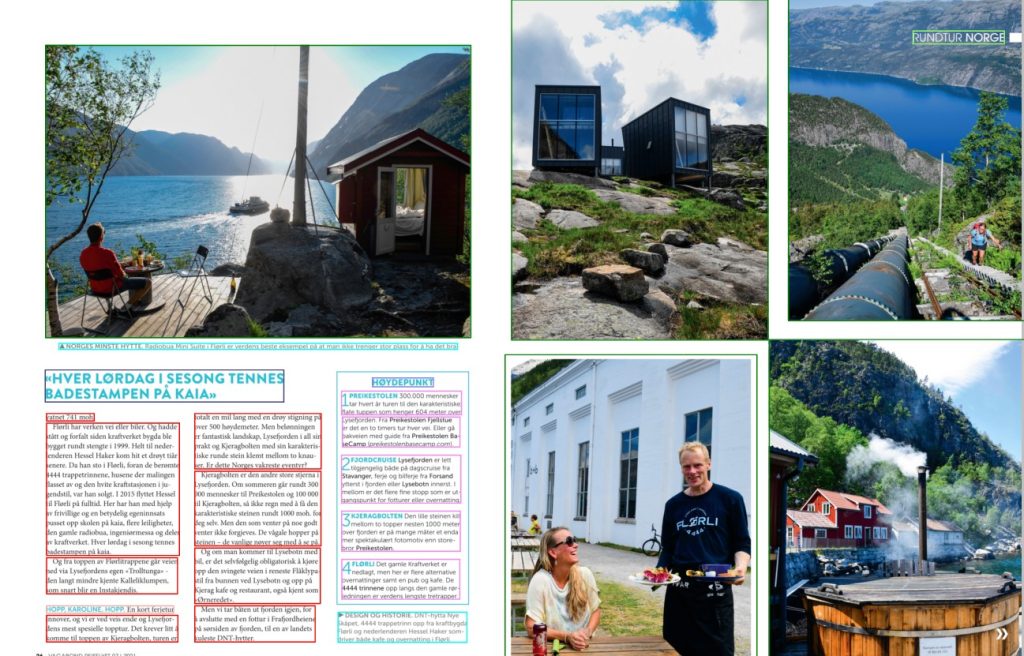
Novian digitization service companies get new managers
3 July 2023
Archives ‘from the basement’ help achieve performance targets
12 February 2024Using metadata effectively can significantly enhance the organization, discoverability, and user experience of magazine articles. Metadata refers to the structured information that provides context and details about the content. The Zissor PDF to XML Conversion is used to segment and extract articles, including text, pictures and metadata from PDF pages.
Here are some examples of best practices for publishers to use metadata from articles. By implementing these, a magazine can enhance the user experience, improve discoverability, and create a more organized and engaging reading environment for its audience.
- Consistent and Comprehensive Tagging:
Tag articles with relevant keywords and categories that accurately describe the content. Consistency is key, as it ensures that readers can find related articles easily. Use a standardized set of tags and categories across articles. - Title and Subtitle Optimization:
Craft clear and descriptive titles and subtitles for articles. These should convey the main topic and attract readers’ attention while accurately representing the content. - Author Information:
Include author names, bios, and links to their profiles if available. This helps readers connect with writers and explore other articles by the same author.
- Publication Date and Time:
Display the publication date and time prominently. Readers often want to know how recent an article is, especially in fast-moving fields. - Article Descriptions and Summaries:
Provide concise summaries or descriptions of articles. This gives readers a quick overview of the content, helping them decide whether to read further. - Related Articles and Recommendations:
Use metadata to suggest related articles at the end of each article. This encourages readers to explore more content on similar topics. - Geolocation Information:
If articles are location-specific, include geolocation metadata. This can be useful for travel, local interest, or regional magazines. - Multimedia Metadata:
If articles include images, videos, or other multimedia elements, ensure that metadata is attached to these assets as well. This improves accessibility and searchability. - Language and Translation Information:
Indicate the language of the article and provide options for translation if applicable. This is particularly important for magazines with an international readership. - Accessibility Metadata:
Incorporate metadata that ensures articles are accessible to readers with disabilities. This includes alt text for images and adherence to accessibility standards. - Social Media Metadata:
Optimize metadata for sharing on social media platforms. Use Open Graph tags and Twitter Cards to control how articles are displayed when shared. - Search Engine Optimization (SEO):
Use metadata to improve the magazine’s visibility in search engine results. Focus on relevant keywords and phrases that potential readers might use to find your content. - Dynamic Updating:
If your magazine covers evolving topics, use metadata to indicate updates or revisions to previously published articles. This keeps readers informed with the latest information. - Structured Data Markup:
Implement structured data markup (e.g., Schema.org) to provide search engines with specific details about the content, such as article type, author, date, and more. - Metadata Management Tools:
Utilize content management systems (CMS) or digital publishing platforms that offer metadata management capabilities. These tools streamline the process and ensure consistency. - User Feedback and Analytics:
Monitor user behaviour and engagement with articles to refine your metadata strategy. Analyse which tags, categories, and metadata elements contribute to higher readership.




Pictures shows examples of segmentation, tagging and conversion of Reiselyst magazine.


